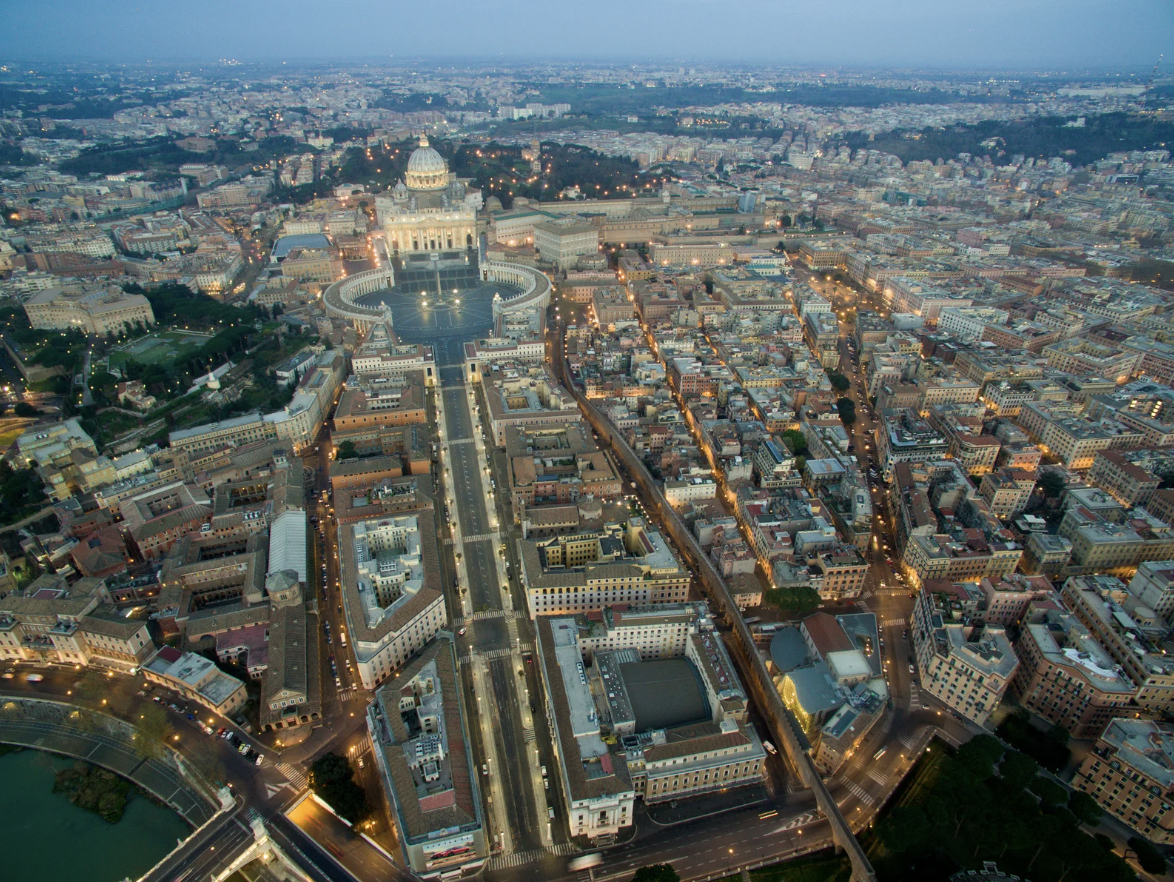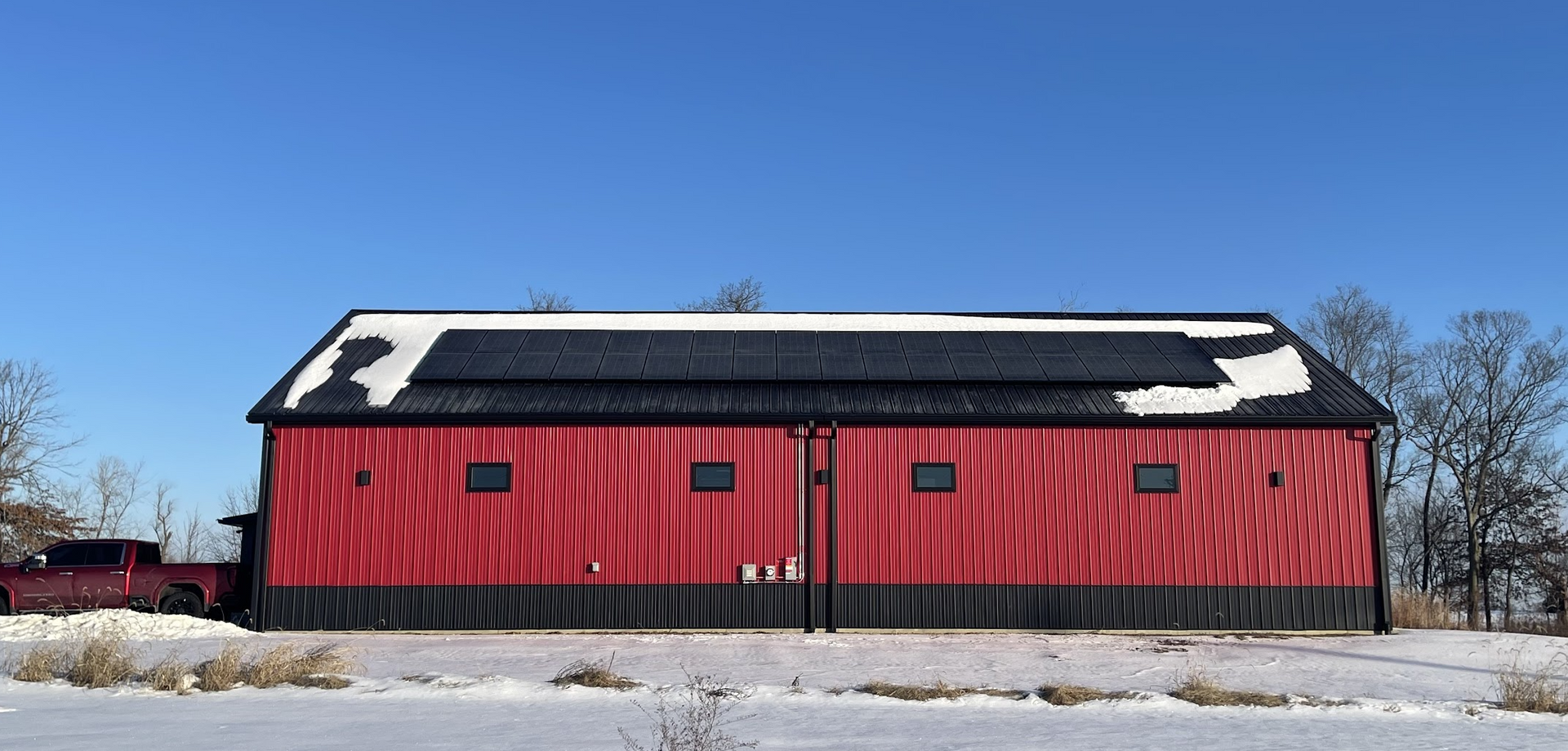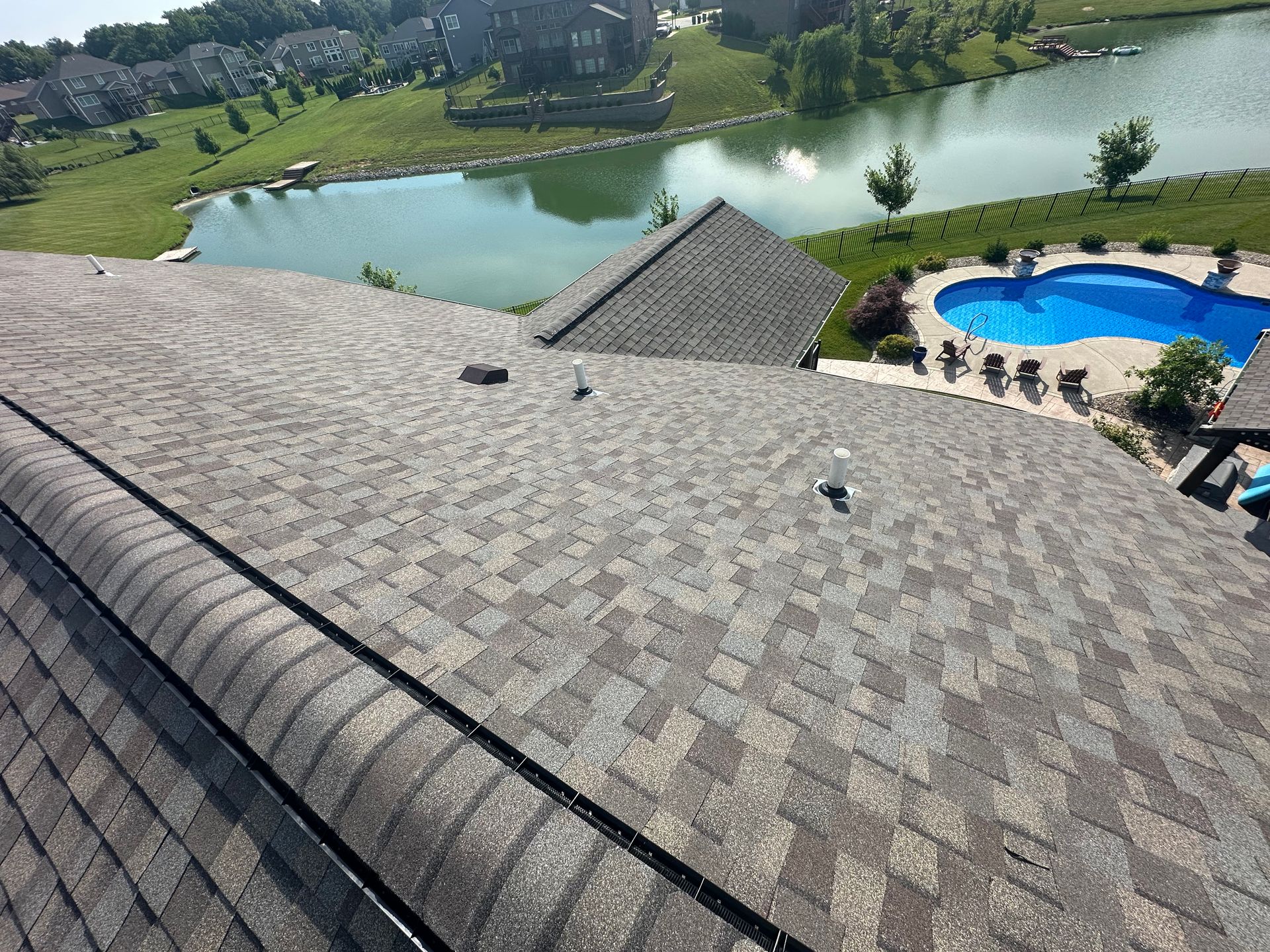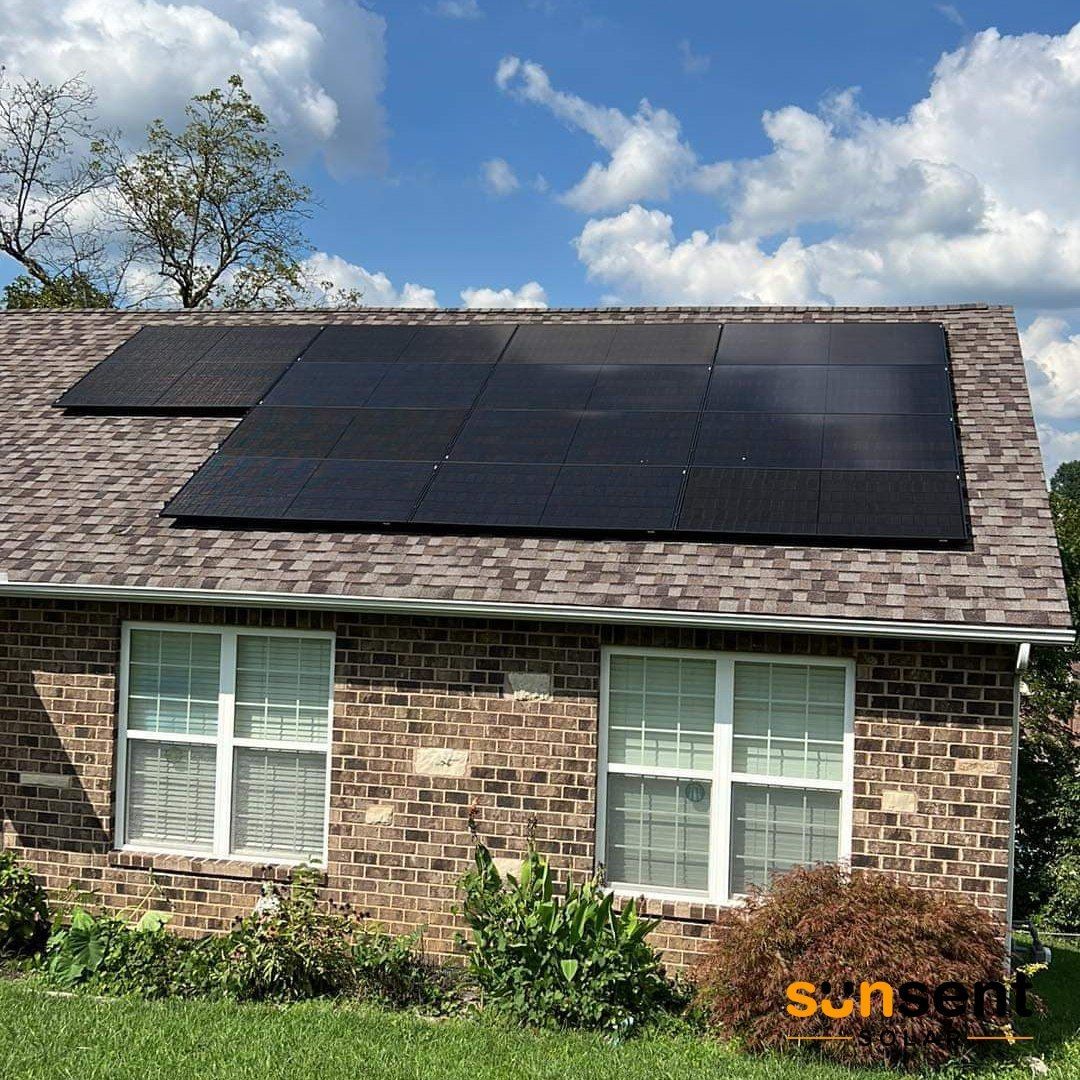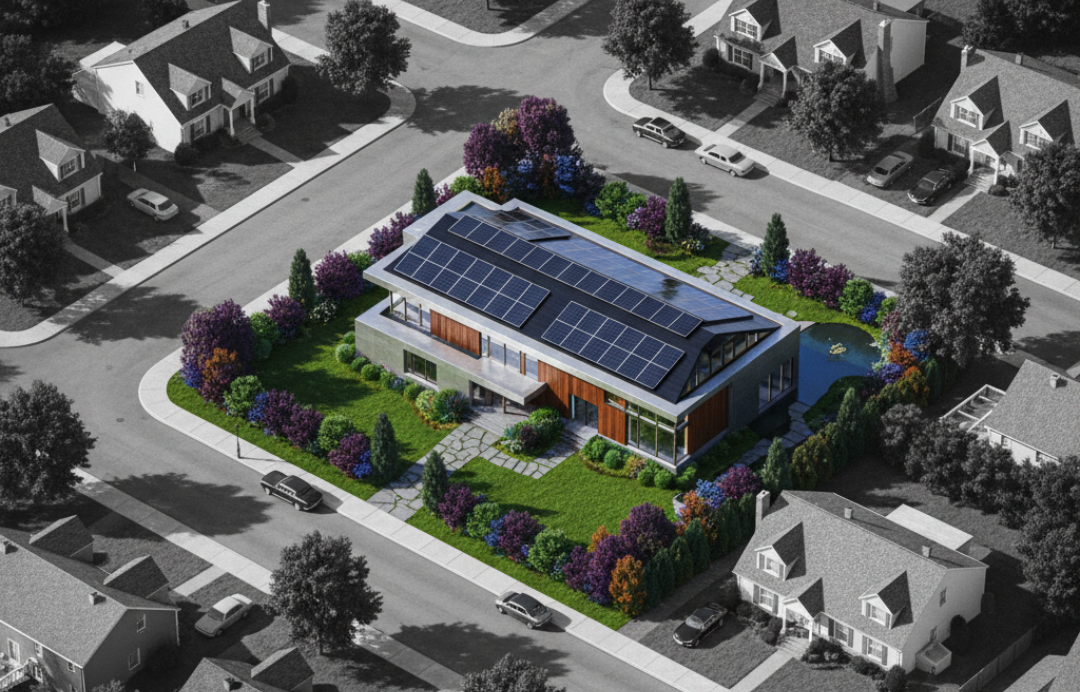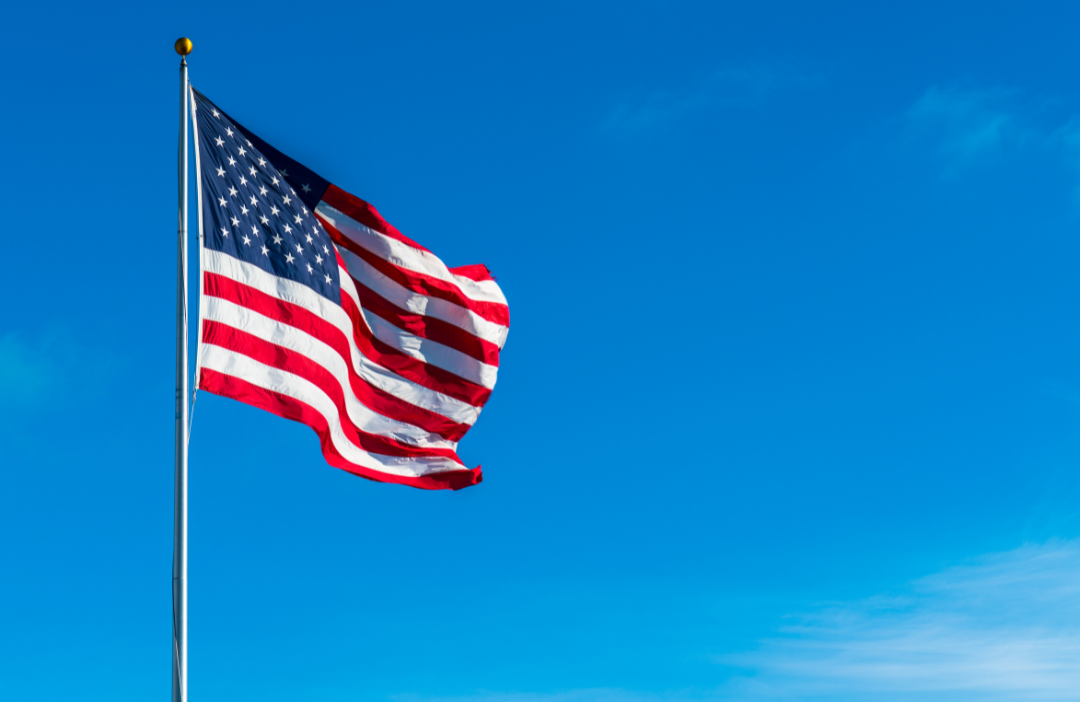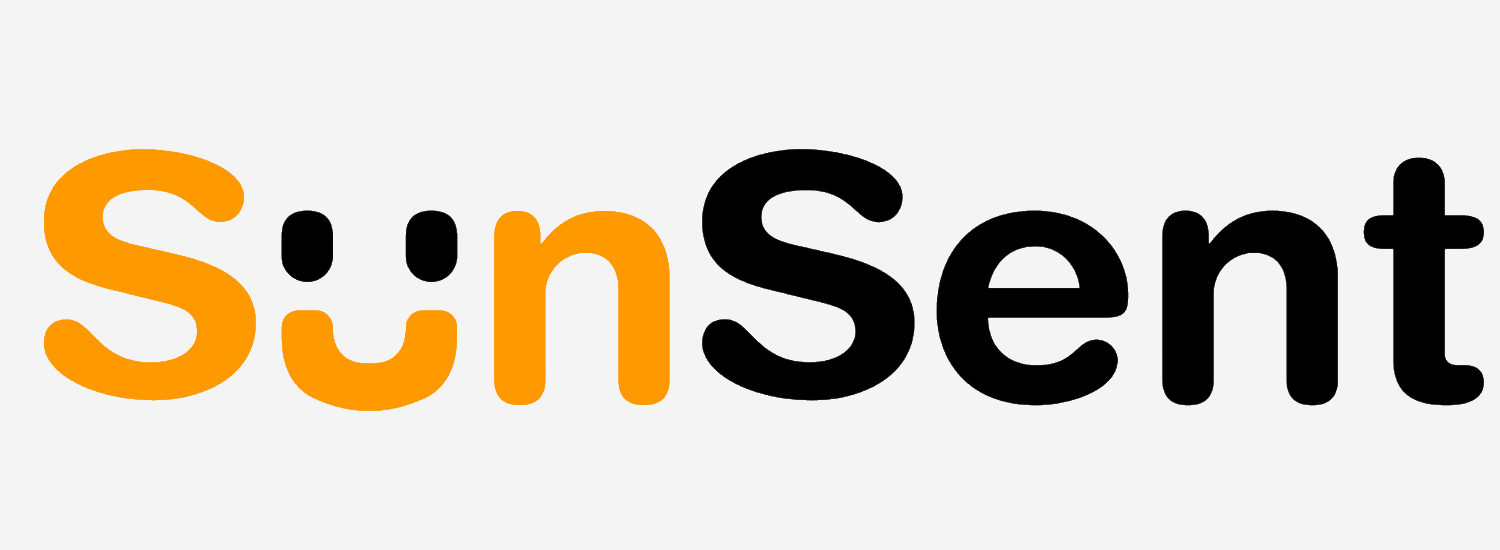The EPA’s Solar for All Funding is Back – What That Means for Homeowners
The Environmental Protection Agency (EPA) has officially unfrozen $7 billion in funding for the Solar for All program, which was originally created under the Inflation Reduction Act (IRA). The program aims to expand solar energy access to low-income and disadvantaged communities, helping households save on electricity bills while supporting clean energy initiatives. The funds had been frozen due to a January 2025 executive order by President Donald Trump, but following legal pushback and court rulings, the grants are once again available.
What is the Solar for All Program?
The Solar for All program is part of the Greenhouse Gas Reduction Fund (GGRF) and was designed to ensure that historically underserved communities gain access to affordable solar energy. The initiative provides funding to states, tribal governments, municipalities, and nonprofit organizations to support local solar projects that reduce energy costs and increase resilience against grid failures.
Each state is using its Solar for All funding differently:
- New Jersey plans to allocate funds toward residential solar, multifamily housing solar, community solar projects, and workforce development programs to ensure more equitable access to solar energy.
- New York is leveraging its grant to enhance existing solar initiatives, focusing on overcoming key barriers for low-income households.
- Puerto Rico is directing its funds toward deploying solar-plus-storage systems, a crucial step in increasing resilience against frequent power outages caused by hurricanes.
- Washington, D.C. will use its funding to expand residential solar while supporting energy efficiency upgrades such as roof repairs and electrical improvements—steps that will increase solar adoption among low-income homeowners.
- Pennsylvania, Virginia, and Maryland are also investing in solar deployment, workforce training, and community solar programs aimed at reducing the energy burden on disadvantaged households.
Why This Matters for Homeowners
With the funding now unfrozen, homeowners in many states will see new opportunities to install solar at reduced costs, thanks to government-backed programs that provide direct incentives or community-based solar solutions. Many of these initiatives also include options for solar-plus-storage, allowing homeowners to store energy for backup power—a major benefit during power outages.
For those interested in solar but unable to install panels due to roof conditions or financial constraints, community solar programs supported by Solar for All funding may offer a way to benefit from solar savings without owning panels.
What’s Next?
While the future of clean energy policy remains uncertain, the successful pushback against the funding freeze shows that federal investments in solar energy are here to stay—at least for now. If you're considering solar, now may be the best time to explore available funding and incentives in Missouri and Illinois.
Looking to make the switch? SunSent Solar can help guide you through the process and find the best solar solutions for your home. Contact us today to learn more or read one of our latest blogs on How Much Money You Can Save with Solar?
